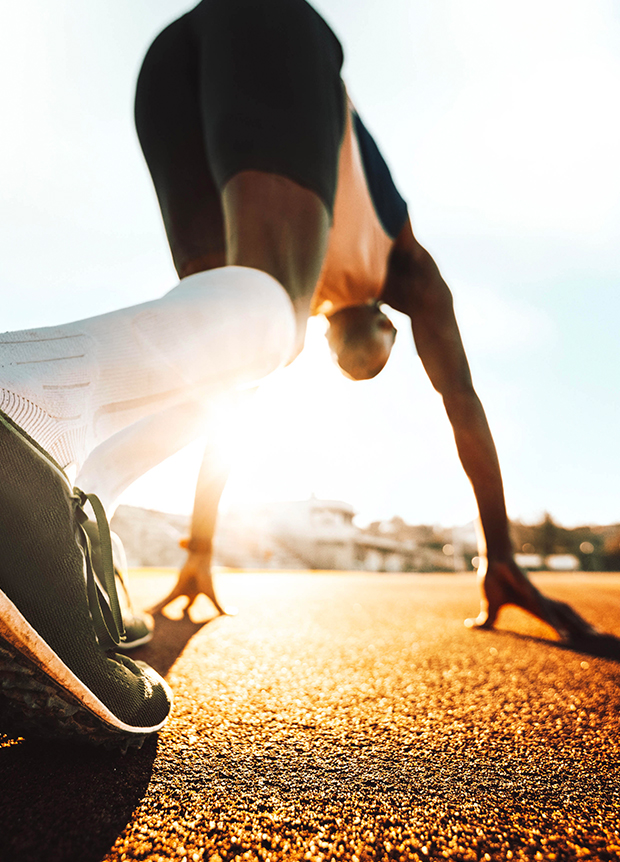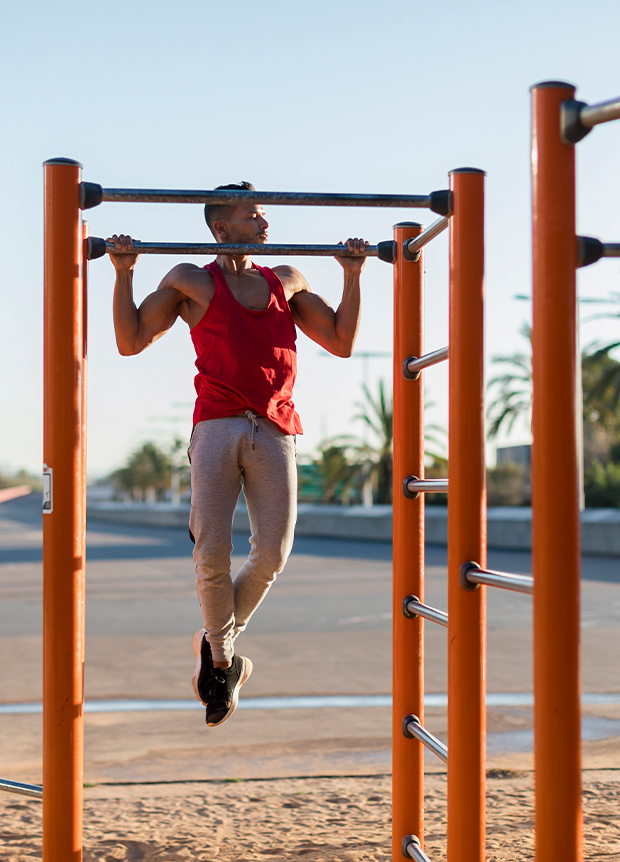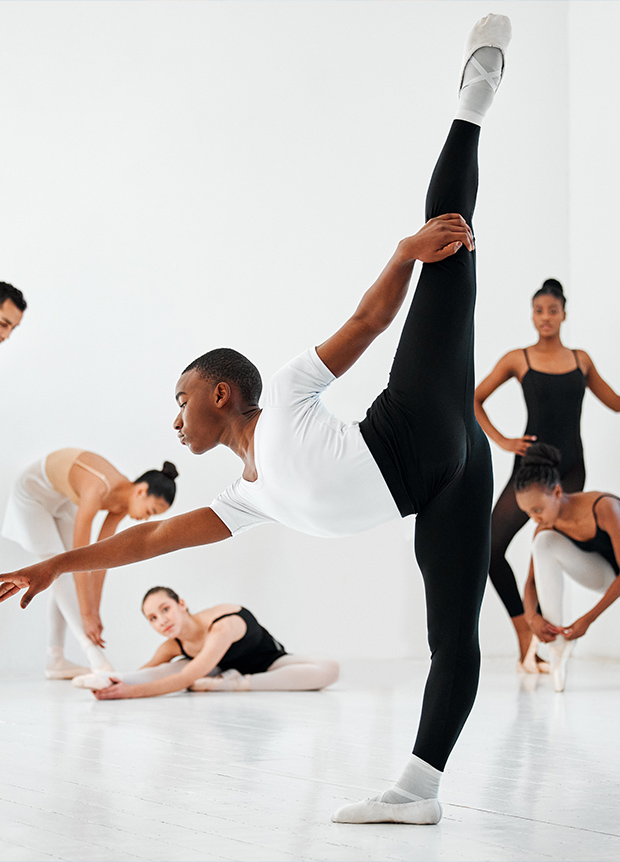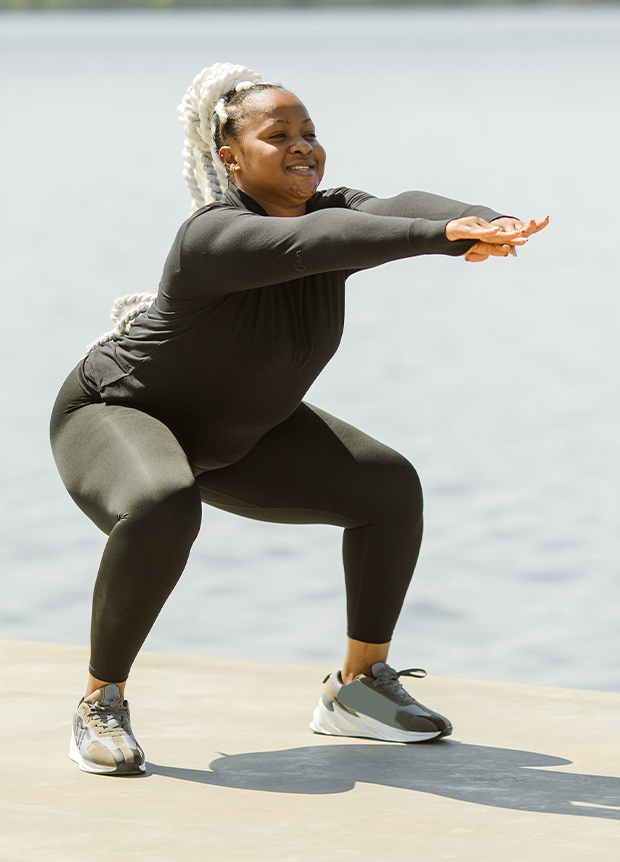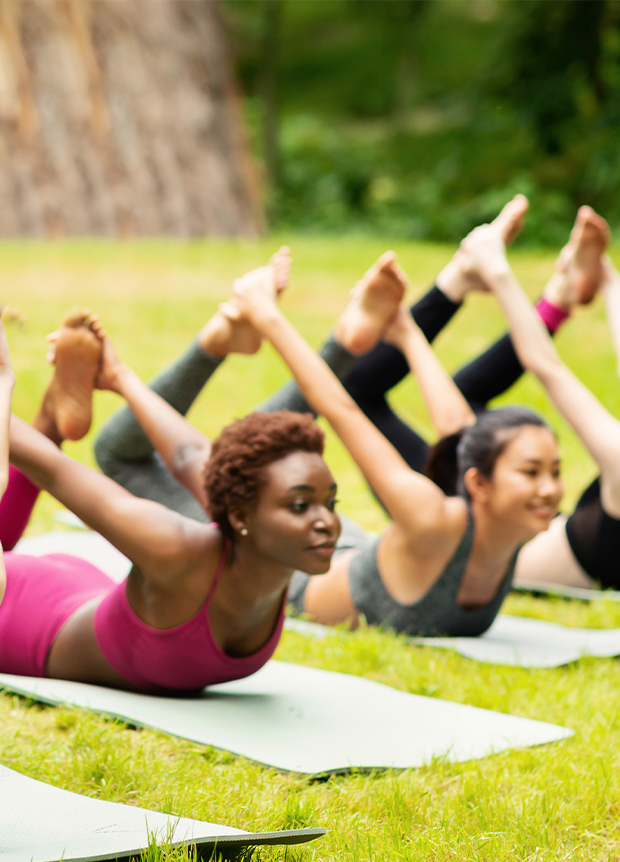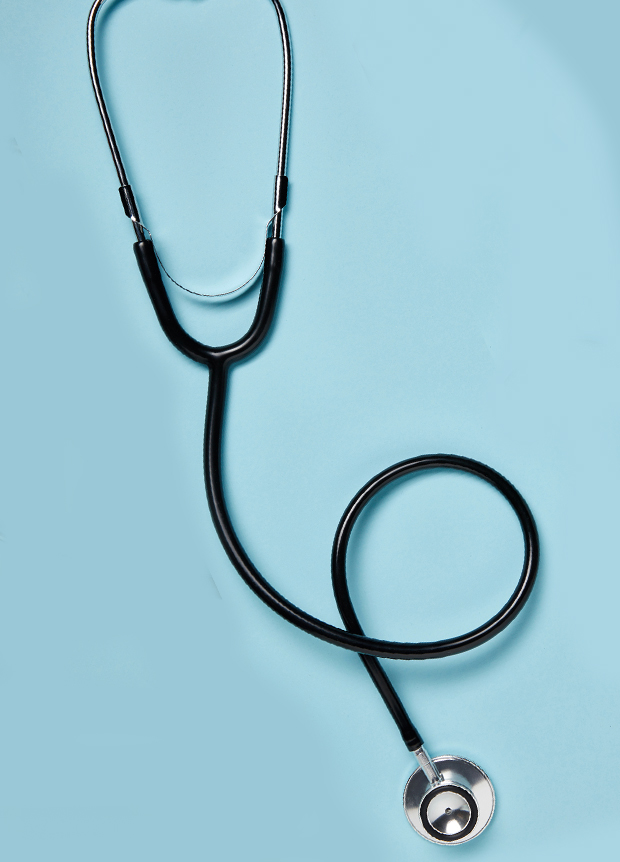Endurance exercise or aerobic exercise involve activities that make your heart rate and breathing go up, such as jogging, cycling, hiking, and swimming. This type of exercise builds your fitness and keeps your heart, lungs, and circulation healthy. Your goal with endurance training is to keep a consistent effort going over an extended period of time.
From stretching out your shoulders in downward dog pose, to sweating and breathing hard as you race down the soccer field, to having a push-up contest with your friend, there are all kinds of activities that qualify as exercise.
Exercise can be divided into 4 Categories:
- Aerobic/cardio exercise: makes your heart rate and breathing speed up.
- Strength training builds muscle by lifting weights or using resistance.
- Stretching helps prevent injuries and increase mobility.
- Skill training (speed, agility, balance, power) improves performance in sports.
Benefits of Exercise
Including exercise that you enjoy in your daily routine can lead to a number of mental, physical, and social benefits.
Mental Benefits:
- Reduces anxiety and depression
- Makes you feel happy by producing endorphins
- Improves focus on your school work
- Teaches you grit and determination, qualities that transfer to other areas of life
- Boosts your self-esteem and confidence
Physical Benefits:
- Improves your strength, endurance, and skill
- Strengthens your bones
- Maintains a healthy weight for your body
- Helps you sleep better
- Prevents sickness and diseases like diabetes
- Benefits your skin
Social Benefits:
- Meet new friends
- Teaches you how to work together with others
- Teaches you how to cope with failure and to celebrate others’ success
Exercise FAQs
1. How much is too much exercise?
Always listen to your body. If you are frequently exhausted when you wake up, are losing motivation to train or exercise, or start to see your performance decline even though you are training diligently, you may be overdoing it and possibly need more rest.
There is also a fine line between training diligently for a sport and compulsive exercising. However, asking yourself these questions can help determine if you have a healthy relationship with exercise:
- Do you get upset if you miss a workout?
- Do you exercise even if you do not feel well?
- Do you often exercise instead of hanging out with your friends?
- Is it hard to sit still because you know you are not burning calories?
- Are you worried about gaining weight if you go a day without exercise?
If you answered “yes” to at least one of the questions above, it may be helpful to speak with a professional.
2. What exercise is best if I want to lose weight?
Both strength training and aerobic exercise contribute to weight loss. Building muscle through strength training will help boost your body’s metabolism at all times. During these anaerobic activities such as HIIT training, weight lifting, circuit training, pilates, or yoga, you will continue to burn calories long after the activity has ended. Aerobic exercise (e.g., running, biking, swimming) itself burns calories mainly during the activity, which helps create the calorie deficit needed to lose weight. Be sure to get help from a professional when trying to lose weight as it is still important to get enough nutrients to fuel your body and to create a reasonable calorie deficit.
3. What exercise is best if I want to build muscle?
Strength training is the best form of exercise to build muscle. This includes body weight exercises like push-ups and sit-ups, lifting weights like dumbbells or kettlebells, and using resistance bands. Make sure you get instruction and follow a program so that you learn good form, build up progressively, and work opposing muscle groups (you don’t want to skip major muscles and create imbalances).
4. What if I hate exercise?
The good news is that there are so many types of exercise, some of which you might not even think of as exercise. Playing pickleball, dancing, playing paintball, taking your dog for a hike, and even gardening can be forms of exercise. You can also make traditional exercise more fun by getting your friends to do it with you: train and run a 5k together, go for a bike ride together to get lunch, have a contest with your friends to see who can do the most pull-ups by the end of a month. Some people find listening to music or a podcast also helps to make exercising more enjoyable.
5. Do I have to join a gym?
While a gym can be useful by providing a huge range of equipment and plenty of space, you can easily assemble your own home gym for strength training. A few different weighted kettlebells or dumbbells, a set of resistance bands, and an inflatable exercise ball will provide plenty of options for strength training. You’ll probably want a yoga mat or other comfortable cover for your floor, and maybe a fan to keep you cool. You can also get a complete workout by only doing body-weight activities.
6. What if I live in a busy city?
If you can’t walk out your door and take a nature hike or go on a safe bike ride, it might feel like you don’t have many options. However, there are activities you can try in your driveway like jump rope, or in your garage like a balance board, or in your house like an online yoga class. There are even “social” activities you can do like joining a group ride on an indoor cycling program like Zwift.
7. What if I’m uncoordinated?
Sure some people are born more naturally coordinated than others, but all sports have skills which you can learn progressively, just like any other activity. If you find the right instructor, physical education teacher, personal trainer, or coach, they can help you build technique and learn how to move your body. It may take some people longer than others, but if there’s a sport or activity that intrigues you, don’t be afraid to take lessons. Many people prefer individual sports such as running, biking, rock climbing, and swimming.
8. What if I don’t have time to exercise?
Here is the interesting thing about exercise: taking 30 minutes out of your homework prep to go for a hike may actually help you get more homework done! How is that possible? Isn’t that wasting 30 minutes of studying time? The thing is, sitting uninterrupted for long periods of time can result in losing concentration and being sluggish. On the other hand, getting some physical activity can increase your energy, focus, and brain function, which will make you more efficient at your work. Try it, you’ll be surprised how much more you get done and how much happier you feel!
9. Is it ok to do multiple types of exercise?
Yes! Mixing up your exercise is healthy because it puts different demands on your body, building strength across multiple muscles and joints and making you less prone to injury. Also, combining aerobic exercise (like swimming), with strength training (like kettlebell workouts), with stretching (like yoga), and agility work (like balance board practice), will train different aspects of athleticism making you very well-rounded.
10. Will weight training make me bulk up?
While weight training will help you build muscle, it is actually very difficult to bulk up. That requires a very specific diet and training regimen, and involves lifting really heavy weights. Especially if you also include aerobic activity in your routine, it’s unlikely that you’ll get huge from doing weight training. Age is also a huge factor. Most adolescents will not build muscle until after high school. The muscle growth that occurs is a puberty response, not necessarily muscle growth due to training.
11. If I exercise, can I eat anything I want?
No, while exercise will increase the number of calories you burn, it does not give you the ability to eat whatever you want. Going for a 30 minute run, for example, burns about the equivalent of a banana with a big scoop of nut butter, or whole grain bread with a couple slices of turkey. It does not burn off half a pizza! Also, you still want to focus on putting nutritious foods into your body: vegetables, fruits, complex carbohydrates, and lean proteins. Exercise does not compensate for unhealthy eating habits, it complements healthy eating habits!



